Search and rescue teams in western Kentucky and nearby states were combing through rubble for survivors on Sunday after a series of tornadoes ripped through the region, killing at least dozens, while the number of deaths in Kentucky alone could exceed 100, The Wall Street Journal quoted state officials as saying.
The tornadoes tore through states including Arkansas, Illinois, Kentucky, Mississippi, Missouri and Tennessee, said Bill Bunting, the operations chief at the Storm Prediction Center. The New York Times (NYT) quoted officials as warning that the toll, now 80 in Kentucky alone, was almost certain to rise as the sifting continued on Sunday.
The tornadoes were part of a weather system that was wreaking havoc in many parts of the United States, causing substantial snowfall across parts of the upper Midwest and western Great Lakes. State officials were still assessing the extent of the damage. Power outage has affected at least 77,000 customers in Kentucky and 53,000 in Tennessee.
The National Weather Service has issued several tornado watches and warnings overnight for parts of the Midwest, including Indiana, Kentucky, Illinois and Missouri. In a statement, Homeland Security Secretary Alejandro Mayorkas advised residents to stay on alert, as severe weather remains a threat in the southeast United States.
MOST DEVASTATING
On Friday evening, more than 30 separate tornadoes moved with devastating power and speed across six U.S. states stretching from Mississippi in the south to Illinois in the north, killing over 80 people so far, including workers in a candle factory in a flattened Kentucky town, lakeside vacationers in Tennessee and a nursing home resident in Arkansas, reported The Washington Post on Sunday.
Desperate search and rescue operations are unfolding during the weekend. "This has been the most devastating tornado event in our state's history ... the level of devastation is unlike anything I've ever seen," Kentucky Governor Andy Beshear told reporters on Saturday at a late-morning news conference, calling the scale of damage "indescribable."
"Last night was one of the most shocking weather events in my 40 years as a meteorologist -- a violent tornado (in December!) drawing comparisons to the deadliest and longest-tracking tornado in U.S. history," tweeted Jeff Masters, a U.S. meteorologist and expert on extreme weather. The longest paths in the disaster on record topped 200 miles.
Calling the tornado "an unimaginable tragedy," U.S. President Joe Biden has declared a federal emergency for Kentucky, freeing up the U.S. Federal Emergency Management Agency (FEMA) assistance and federally subsidized aid. He said on Saturday that "the federal government will do everything, everything it can possibly do to help."
TORNADO ALLEY
Tornadoes are relatively localized, short-lived weather events. "In recent years tornadoes seem to be occurring in greater 'clusters,' and that a so-called tornado alley in the Great Plains -- where most tornadoes occur -- appears to be shifting eastward," reported NYT on Sunday.
"This is what we would call a tornado outbreak, where you have a storm system which produces a number of tornadoes over a large geographical area," Dan Pydynowski, a senior meteorologist with AccuWeather, was quoted as saying. However, such a large and powerful system in December is highly unusual, and something the region usually experiences in May or April.
"It's certainly not unheard-of," Pydynowski said, "but to have an outbreak of this magnitude, with this many tornado reports -- it's a little unusual for this time of year." Temperatures in Arkansas and Kansas on Friday were "spring weather," and "it was unusually warm, and there was moisture in place," he said.
Even though scientists are observing more clusters, "it is unclear the role that climate change plays," said the report. "For a lot of our questions about climate change and tornadoes, the answer is we don't know," Harold Brooks, a senior research scientist at the National Oceanic and Atmospheric Administration's National Severe Storms Laboratory, was quoted as saying.









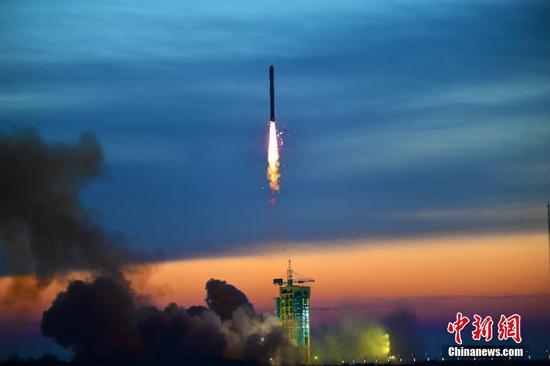






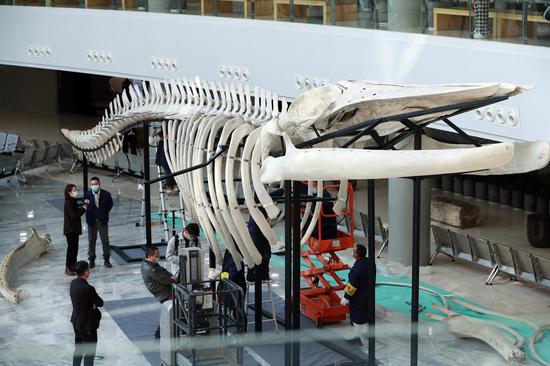
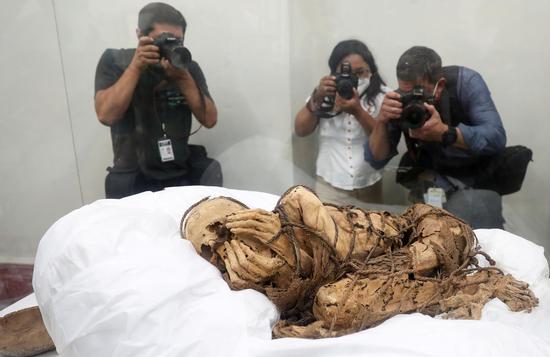
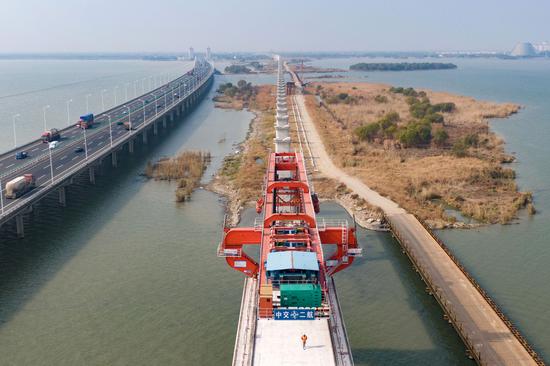
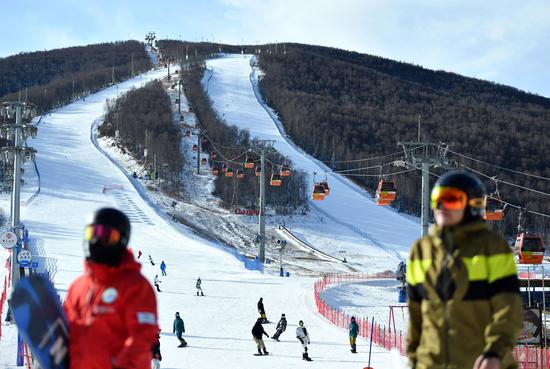


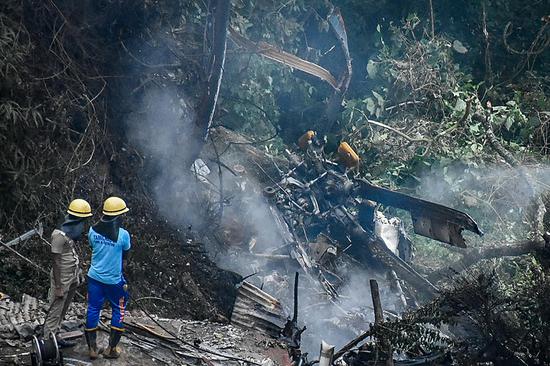
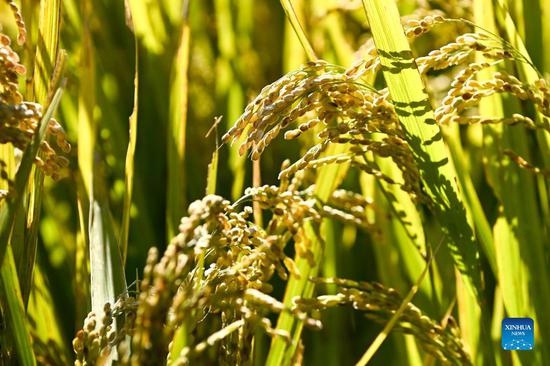
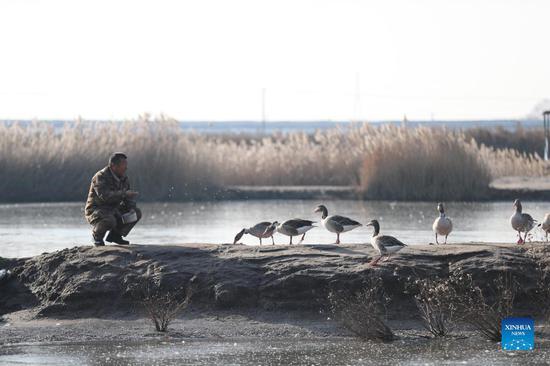
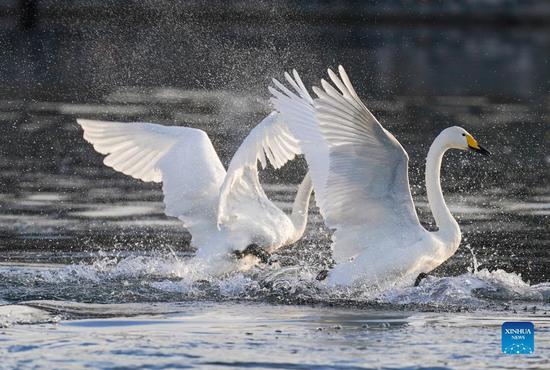
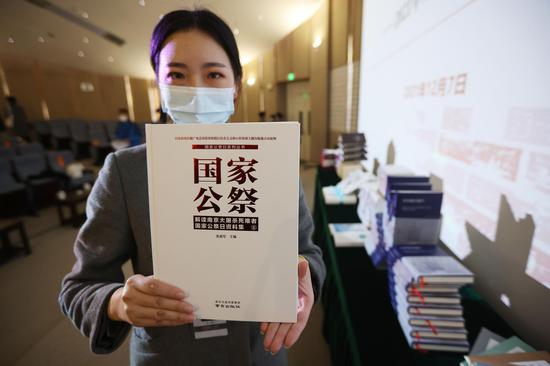


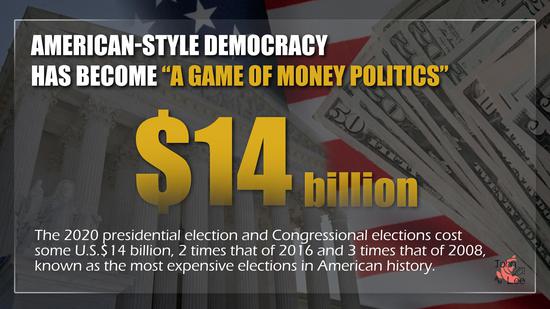
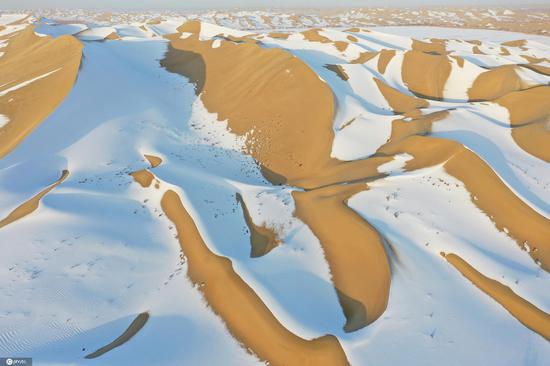

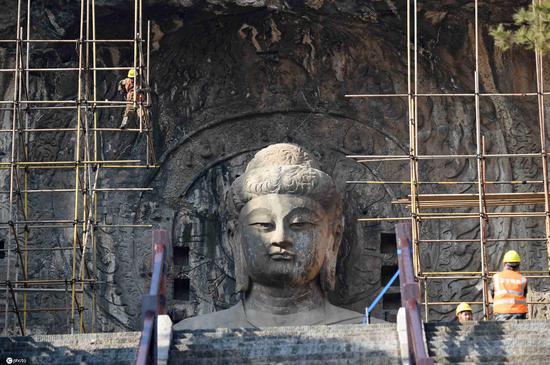

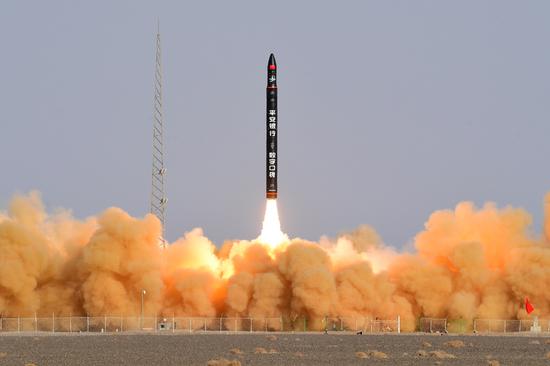















 京公网安备 11010202009201号
京公网安备 11010202009201号